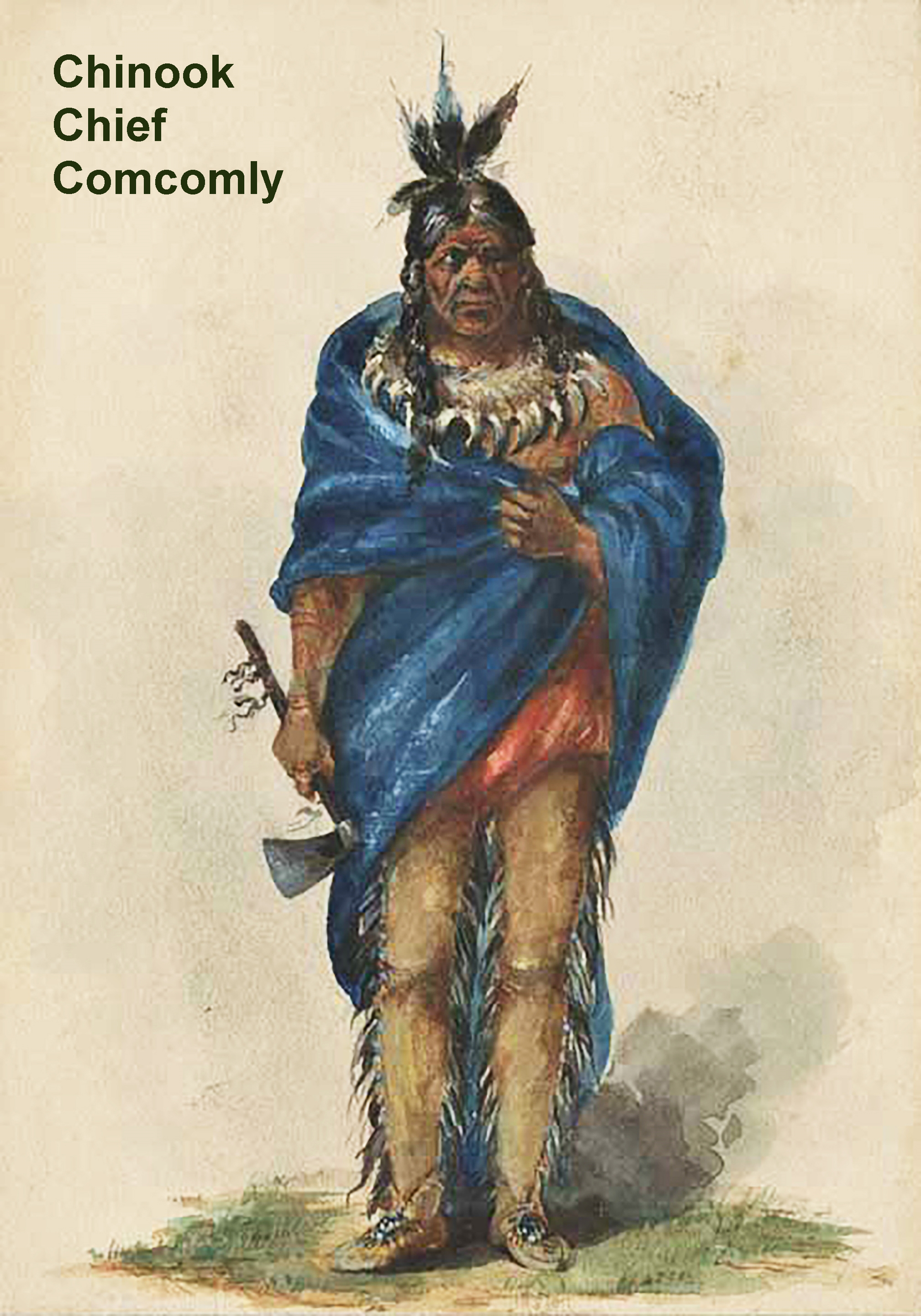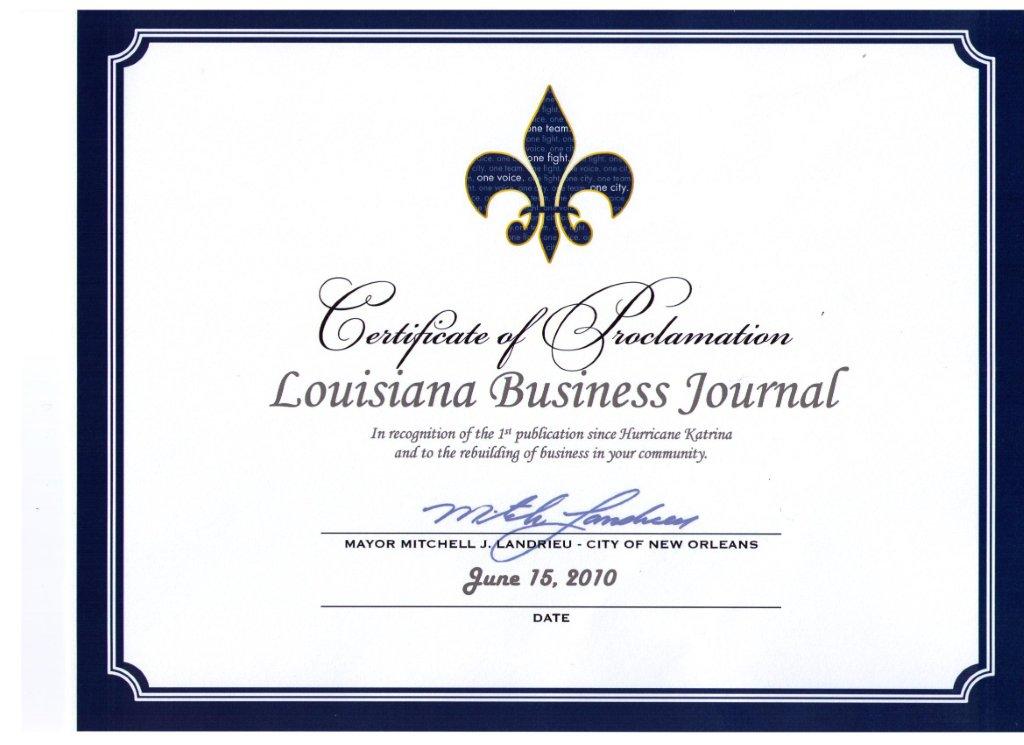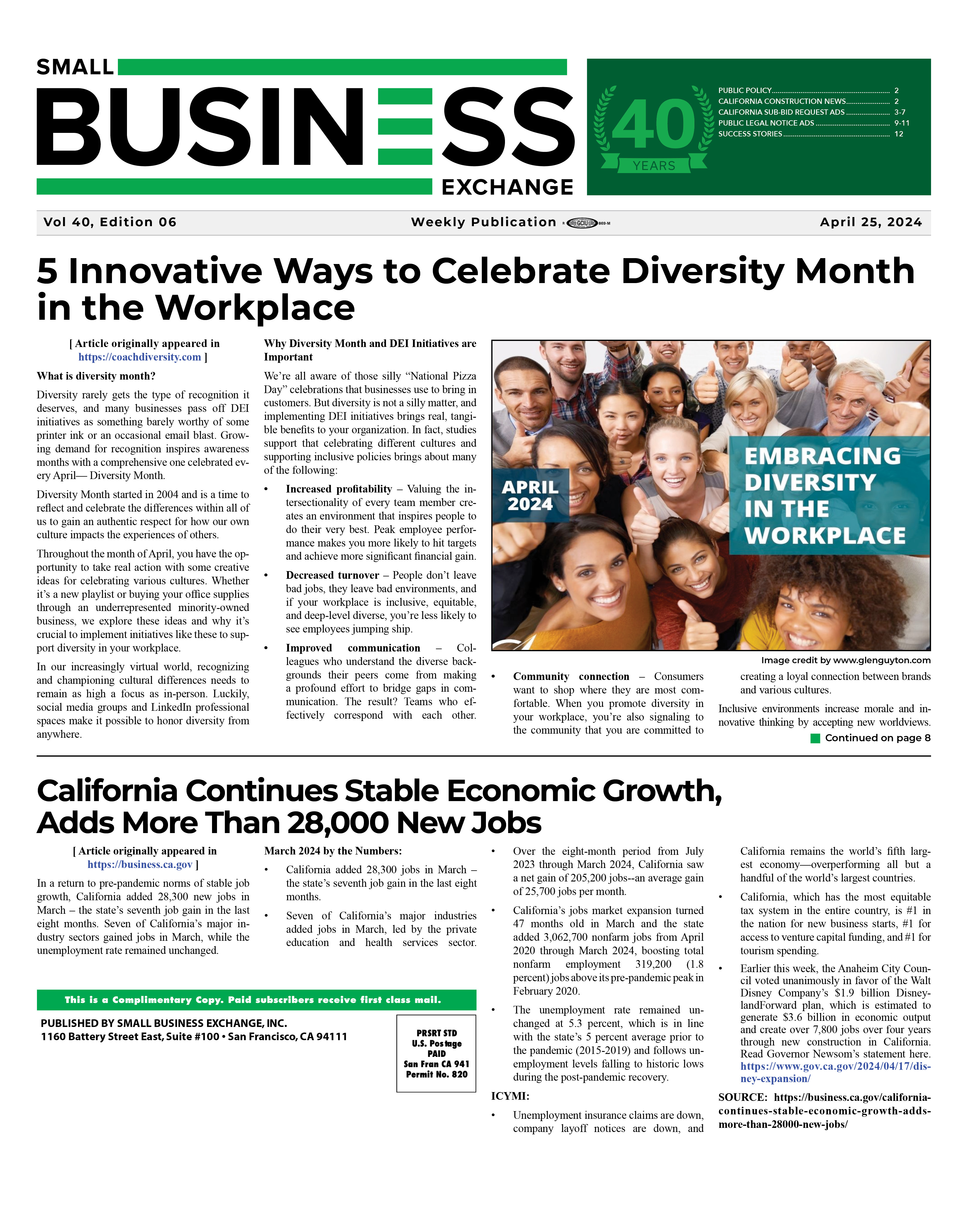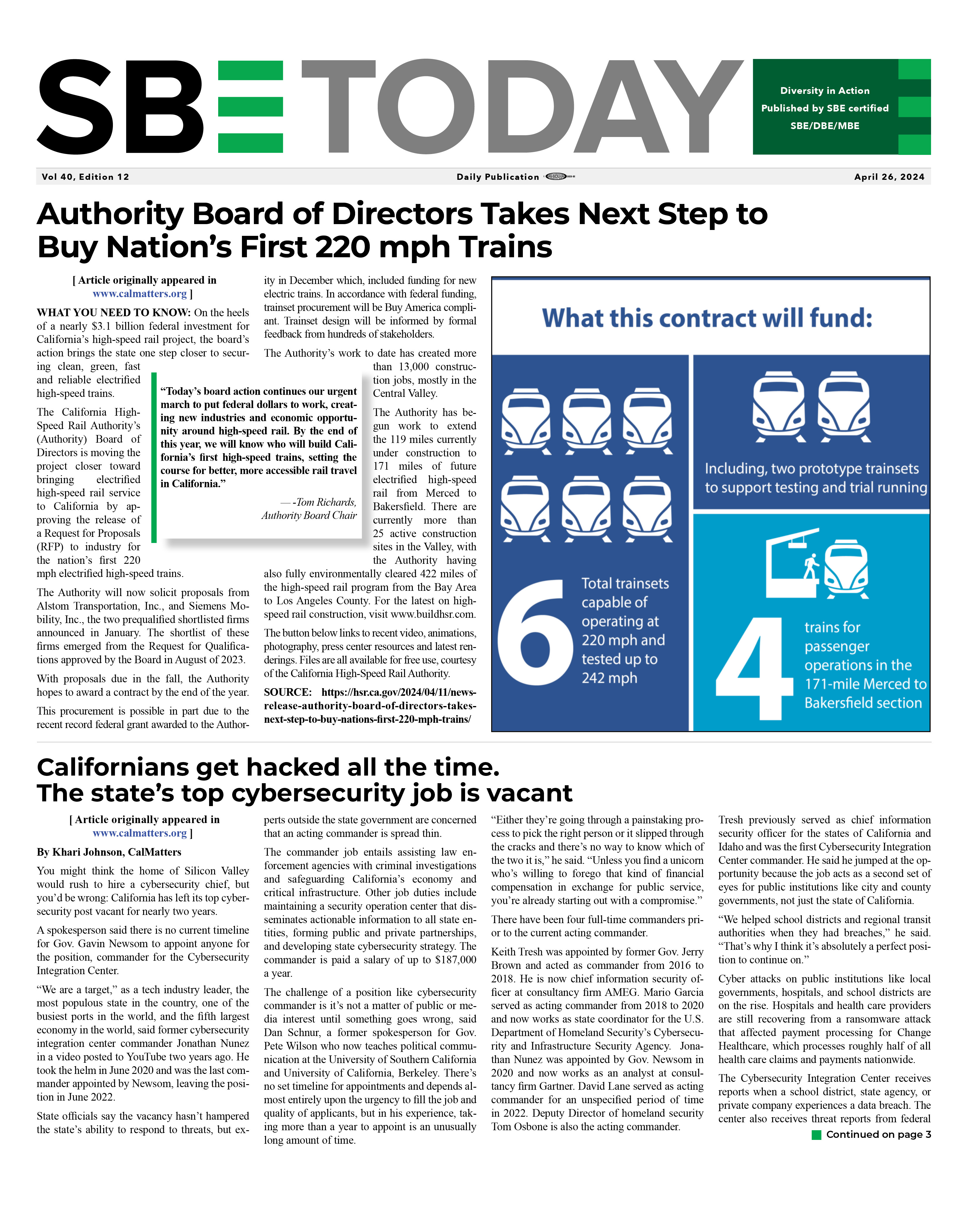National Native American Heritage Month
11/07/2023
 By Library of Congress et al By Library of Congress et alNovember is National Native American Heritage Month. The Library of Congress, National Archives and Records Administration, National Endowment for the Humanities, National Gallery of Art, National Park Service, Smithsonian Institution, and United States Holocaust Memorial Museum join in paying tribute to the rich ancestry and traditions of Native Americans.  What started at the turn of the last century as an effort to gain a day of recognition for the significant contributions the first Americans made to the establishment and growth of the United States, has resulted in a whole month being designated for that purpose.  One of the first proponents of an American Indian Day was Dr. Arthur C. Parker, a Seneca Indian, who was the director of the Museum of Arts and Science in Rochester, New York. He persuaded the Boy Scouts of America to set aside a day for the “First Americans” and for three years they adopted such a day. One of the first proponents of an American Indian Day was Dr. Arthur C. Parker, a Seneca Indian, who was the director of the Museum of Arts and Science in Rochester, New York. He persuaded the Boy Scouts of America to set aside a day for the “First Americans” and for three years they adopted such a day.
In 1915, the annual Congress of the American Indian Association meeting in Lawrence, Kansas, formally approved a plan concerning American Indian Day. It directed its president, Reverend Sherman Coolidge, an Arapahoe, to call upon the country to observe such a day. Reverend Coolidge issued a proclamation on September 28, 1915, which declared the second Saturday of each May as an American Indian Day and contained the first formal appeal for recognition of Indians as United States citizens.
The year before this proclamation was issued, Red Fox James, a Blackfoot Indian, rode horseback from state to state seeking approval for a day to honor Indians. On December 14, 1915, he presented the endorsements of twenty-four state governments at the White House. There is no record, however, of such a national day being proclaimed.
The first American Indian Day in a state was declared on the second Saturday in May 1916 by the governor of New York. Several states celebrate the fourth Friday in September. In Illinois, for example, legislators enacted such a day in 1919. Presently, several states have designated Columbus Day as Native American Day or Indigenous Peoples Day, but it continues to be a day we observe without any recognition as a national legal holiday.
In 1990, President George H. W. Bush approved a joint resolution designating November 1990 National American Indian Heritage Month. Similar proclamations, under variations on the name (including Native American Heritage Month and National American Indian and Alaska Native Heritage Month), have been issued each year since 1994.
The Library of Congress has compiled research guides for various aspects of indigenous studies, which can provide for greater understanding during Native American Heritage Month and throughout the year.
The official Native American Heritage Month website is a collaborative project of the Library of Congress, National Archives and Records Administration, National Endowment for the Humanities, National Gallery of Art, National Park Service, Smithsonian Institution, and United States Holocaust Memorial Museum. Content includes information on exhibits and collections, myriad audio and video resources, ideas for teachers, a gallery of images, and a section about Native American Heritage Month. Other dedicated websites for Native American Heritage Month include National Archives, National Endowment for the Humanities (EDSITEment), National Park Service, and Smithsonian Education. Back To News |
|
|
|
|
||
|
© 2024 Small Business Exchange, Inc. |
||







